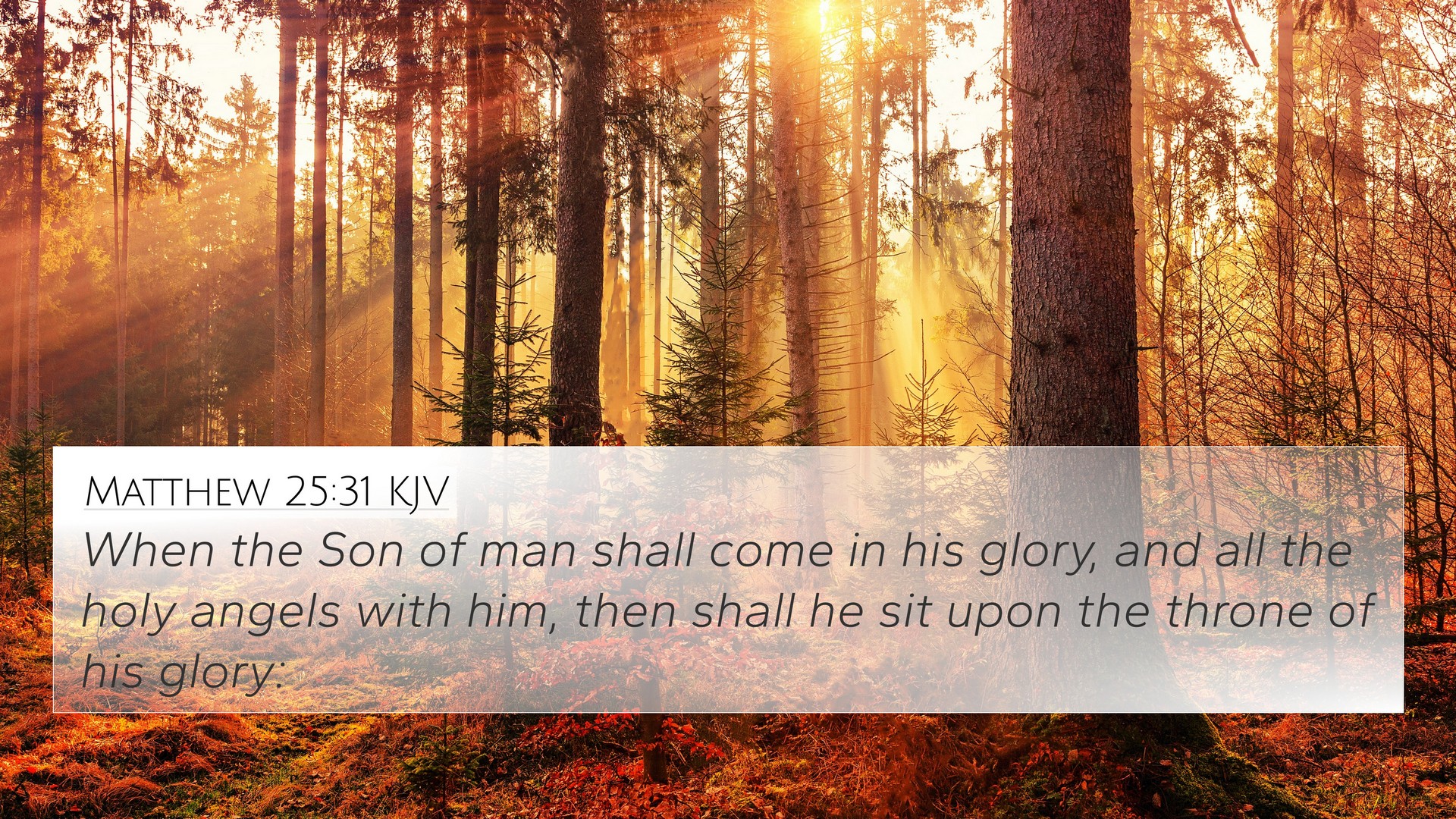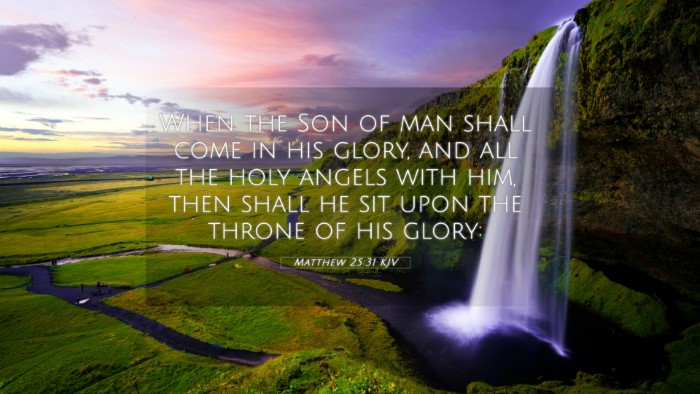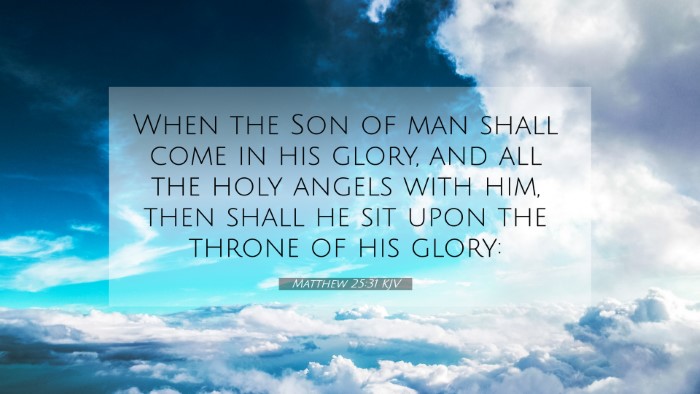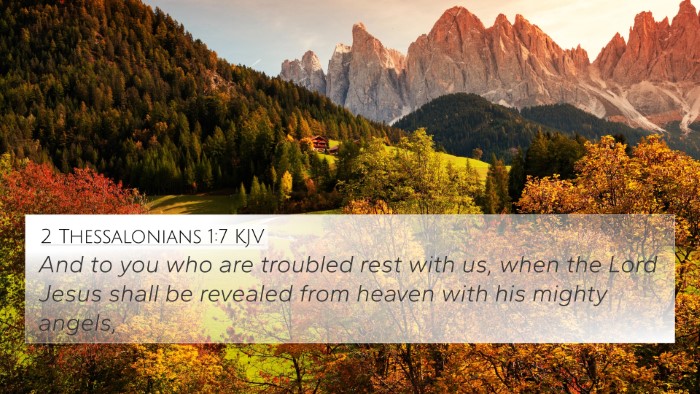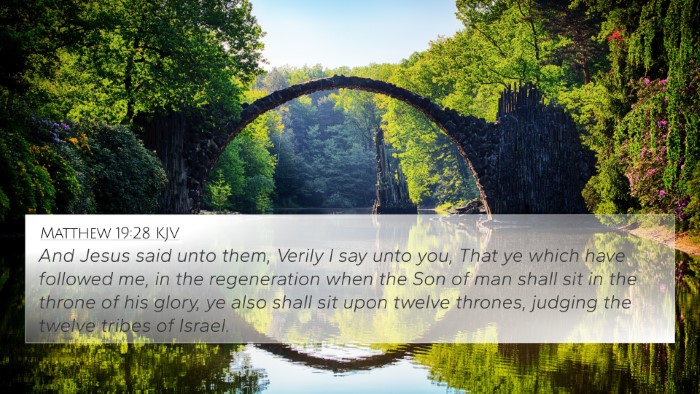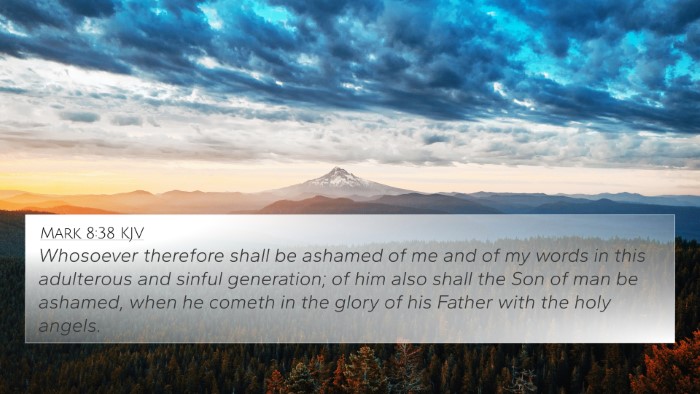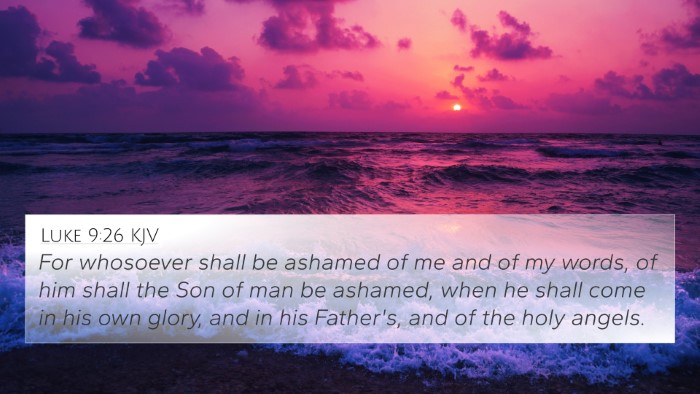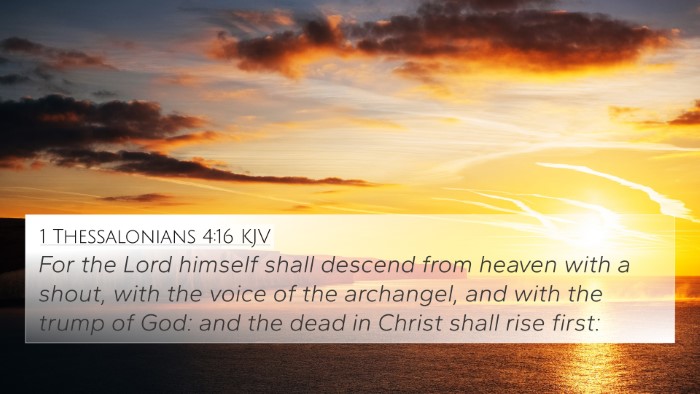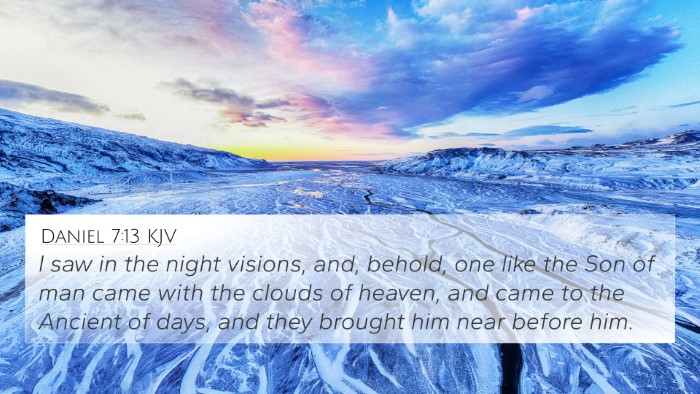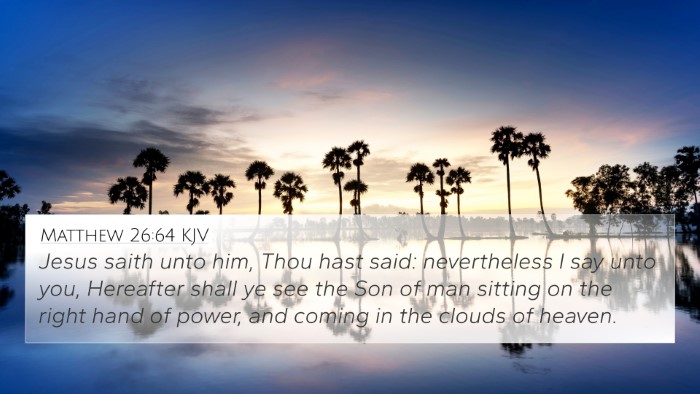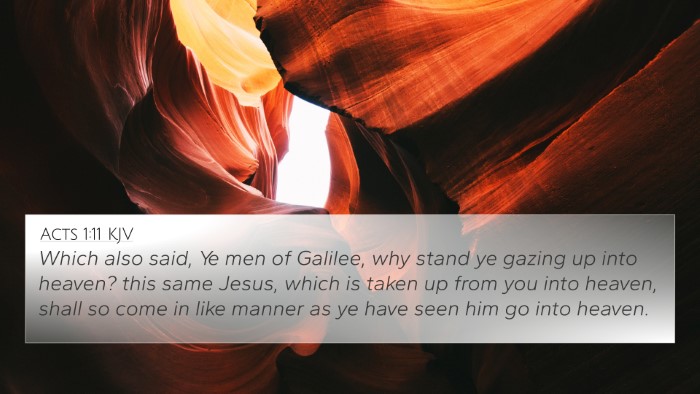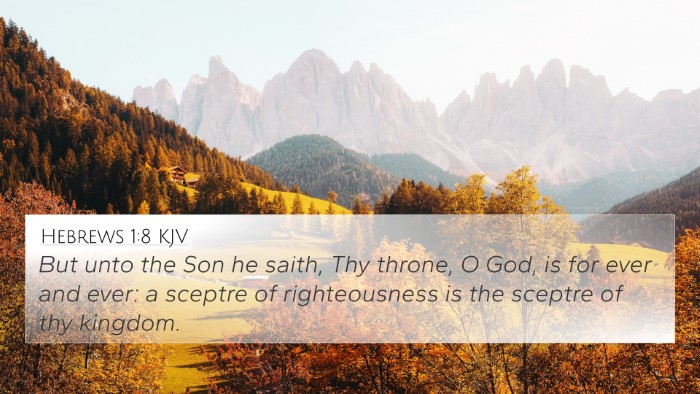Understanding Matthew 25:31
Verse: "When the Son of Man comes in his glory, and all the angels with him, then he will sit on his glorious throne." (Matthew 25:31, ESV)
Summary of Meaning
The verse Matthew 25:31 is a profound statement regarding the second coming of Christ, where it emphasizes His sovereign authority and the revelation of His glory. This event signifies not only the return of Jesus but also the gathering of all nations for judgment.
Insights from Commentaries
Matthew Henry
Henry elaborates that the “Son of Man” refers to Jesus’ humanity and His rightful role as judge at the end of times. He notes that the coming of Christ will be a magnificent display of glory and majesty, accompanied by angels, highlighting the significance of divine approval and authority.
Albert Barnes
Barnes points out that this verse serves as an introduction to the final judgment. He indicates that “glorious throne” signifies the rightful place of Jesus as king and judge over all, and emphasizes the distinction between the humble experience of Jesus on earth and His exalted state at His return.
Adam Clarke
Clarke interprets the gathering of all nations as a universal accountability to Christ. He notes how it underscores the importance of Jesus’ authority and the solemnity of judgment, stressing that every individual will be held accountable for their actions.
Cross-References to Matthew 25:31
- Daniel 7:13-14: Prophecy of the Son of Man receiving authority and glory.
- Revelation 20:11-15: The great white throne judgment.
- Matthew 24:30: The coming of the Son of Man with power and great glory.
- John 5:22: The Father has entrusted all judgment to the Son.
- 2 Thessalonians 1:7-10: The Lord will be revealed from heaven with His mighty angels.
- Acts 17:31: God has appointed a day of judgment for the world.
- Romans 14:10-12: We will all stand before the judgment seat of God.
Thematic Connections Between Bible Verses
This verse can serve as a focal point for numerous thematic connections throughout the Bible. The idea of judgment, the authority of Christ, and the gathering of nations for accountability are recurrent themes that span both the Old and New Testaments.
Key Themes Explored
- Judgment Day: Often referenced with similar language and imagery in Isaiah and Revelation.
- Christ's Kingship: Connections between the prophetic texts describing the Messiah's reign and His declaration of authority in the Gospels.
- The Role of Angels: References to angels as messengers and agents of God in both biblical testaments.
- Human Accountability: Cross-references in Proverbs and Ecclesiastes that reflect the certainty of judgment for one's actions.
Tools for Bible Cross-Referencing
For an in-depth study on Matthew 25:31, employing a variety of tools for Bible cross-referencing can enhance understanding and provide a broader perspective. Using a Bible concordance allows readers to find connections between words and themes.
Effective Study Methods
- Using a Bible cross-reference guide, readers can locate verses that illustrate similar themes and teachings.
- Engaging in cross-reference Bible study methods helps to draw parallels between scripture passages.
- Utilizing Bible reference resources can facilitate a deeper understanding of context and connections.
Conclusion
Matthew 25:31 encapsulates the essence of Christ's authority as the ultimate judge and the glory of His return. The surrounding commentaries enrich the understanding of this pivotal moment in Christian eschatology. Engaging with relevant cross-references deepens the insight into how biblical texts are interconnected, allowing for a more comprehensive exploration of scripture.
Encouragement for Further Study
As you explore Matthew 25:31 and its connections with other scriptures, consider how the themes of judgment, accountability, and the glory of Christ manifest in your life and faith. Utilizing effective cross-referencing will uncover the rich tapestry of biblical truths that resonate through time.
